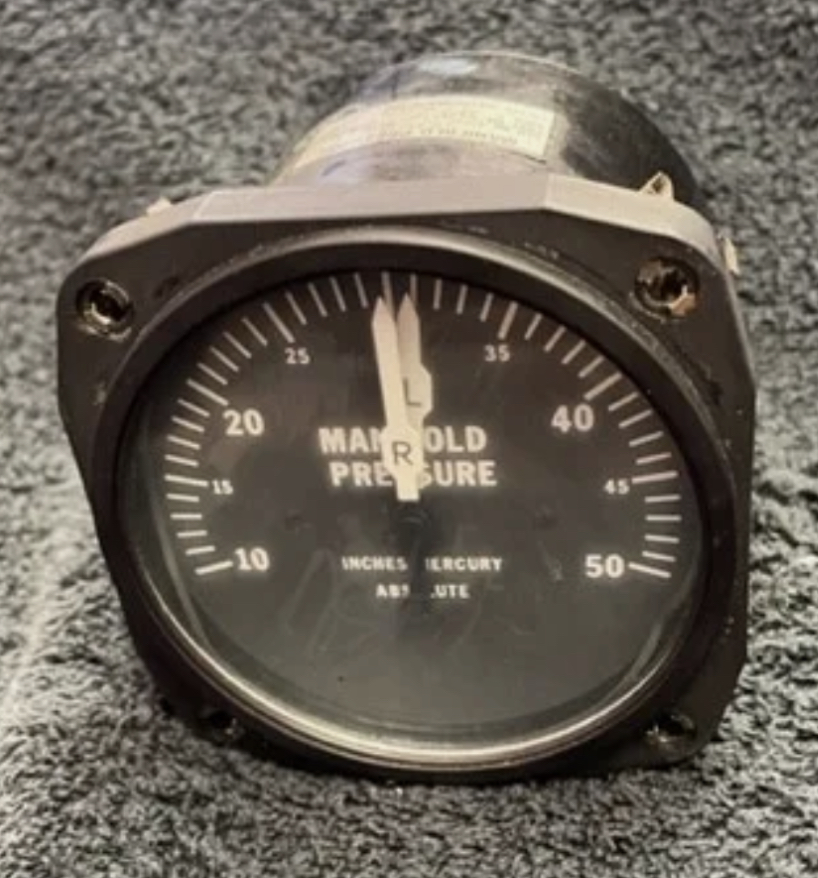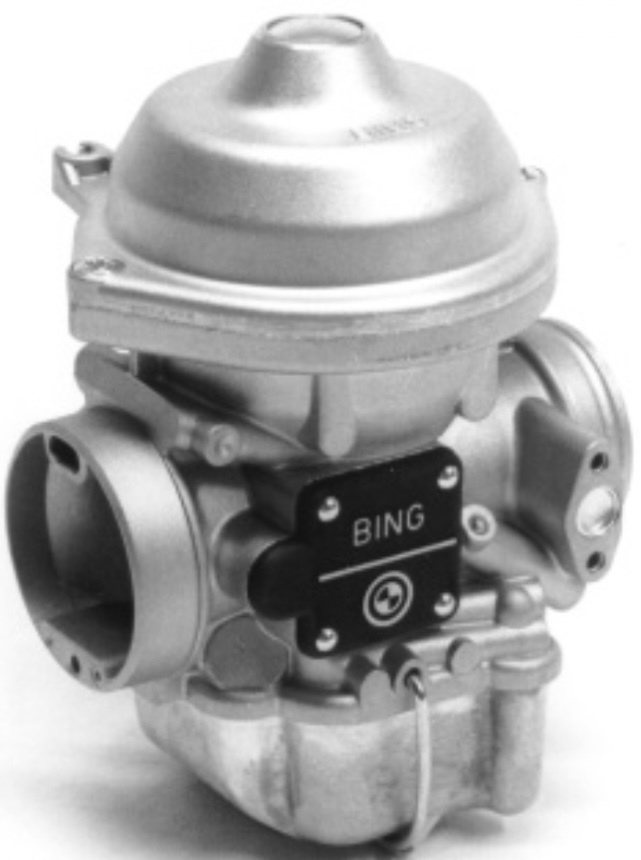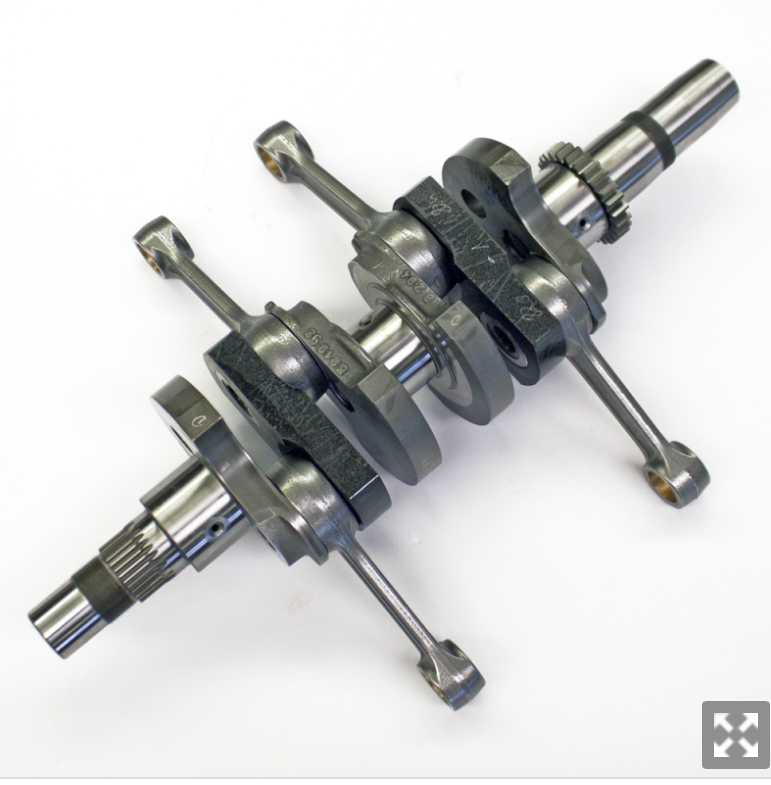Ours is a 912S. We have no fancy stuff like fuel injection or ECUs (as far as I know🙂.
Turn the starter key its sounds terrible. Imagine the clank clunk clank of an old diesel engine but an octave or 3 higher. Then it settles in to the sound of a Peugeot 106 or similar.
Yes we are seeing 10 litres an hour on normal flight but we plan at 13lph
As for the overhaul, I don’t know the breakdown but I believe that to be the cost including all new hoses and accessories including taking it out of the plane and refitting it. A complete turn key operation.
This is a ULM but there is a company retrofitting the Rotax 912 in Robin 400s. The club that had the first appears to be very happy with their conversion and AIUI they have ordered a 2nd.
Our aircraft is an earlier version of this and.might well be 80hp. We have just upgraded the engine and prop and haven’t yet looked at all the details.
Manuel_SG_1_pdf
aart wrote:
PS. No carbs on the 912iS. So somewhat easier maintenance and less possibilities of snags. Supposedly also smoother, although the carbed engine are already quite smooth. Not sure if it brings issues in terms of true or false ECU failure warnings. Any experience?
My plane has a 912iS. Indeed smoother, easy maintenance, and more efficient, especially at high altitudes. In the 3 year I have been flying it I have had a few ECU warnings, however, the engine always ran 100% fine. For example, a broken EGT temp sensor & a broken ignition coil. These are expensive parts, which are way more expensive on the iS compared to the classic version.
In short, if I would buy another plane, I would choose the iS again.
Great thread, following along. I can add that I just flew a 912 with 80hp for 500NM at <50kts GS (about 20kts HW) and it consumed around 12lph (the plane has a fuel totalizer).
That seems to be the typical consumption of the 80 HP 912UL. It’s very likely that the Guepard that @gallois flies has that engine rather than the 912S mentioned in the manual. Hope the club did not pay for a 912S 
As to smoothness and noise level in general:
I’m a bit of a fanatic when it comes to silence, in cars, aircraft, and where I live  I found that the 80HP 912 is smoother than my 100HP 912S. Logical, lower compression ratio, smaller cylinders, less of a bang I guess. Haven’t flown a 912iS, supposed to be smoother than the 912S as commented above.
I found that the 80HP 912 is smoother than my 100HP 912S. Logical, lower compression ratio, smaller cylinders, less of a bang I guess. Haven’t flown a 912iS, supposed to be smoother than the 912S as commented above.
However, much depends on the prop but even more on the installation in the airframe. I’ve flown various high wing types, like the Eurofox, Pipistrel, Savannah, all with the 80 HP version, and they were a lot louder inside than my low-wing Bristell. Reason being that the engine of the Bristell sits quite a bit further up front and there is some solid noise dampening going on by way of isolation material and, prob more importantly, the parachute sitting between the cabin and the engine. The Bristell is therefore quite quiet in spite of it being a mostly metal plane. Composite aircraft with such a configuration should be even quieter. The Aerospool Dynamic WT9 with a 912iS was a clear candidate for me for that reason alone. But I didn’t fit in, canopy too low..
Ha I don’t get involved with the actual purchase I only really, put fuel in it check oil water and other connects including all the airframe bolts and things and then fly it. Fortunately we have a lot of good mechanics around both within the club and on the airfield including Rotax trained personel and Part 66 all waiting for me to come back and say “I don’t like that feeling or that noise” so that they can delve in and do typical engineering stuff.
Couple of weeks ago my friend who flies the glider tow (Ikarus C42?) happened to make a comment about something needing looking at He went for coffee and.when he came back the aircraft had been totally taken apart with a bunch of people around it discussing what to do next.
And I do mean taken apart the whole fuelage been taken off so that all cables were exposed whilst someone else was checking engine mountings. My friend said to me that he thought all that was needed was a bit of duck tape.🤪
Thank you all for your comments and experiences.
It’s been very helpful, and I’m sure it will be very helpful to others looking at it too.
aart wrote:
It’s all rubber parts, not just the hoses, so also the rubber parts in the carbs. Again, haven’t been through it yet. I suppose the materials alone could be between € 500 and € 1000, and it would likely take a full day of work, if not more. Again, on the forum you will see quite some debate whether to do this of not. I certainly will.
It depends on the aircraft. I just did that on the Alphatrainer, and it was a PITA. Maintenance must have been way down on the list of priorities when they designed that plane. But, Pipistrel has excellent service. They have “5 year kits” for every airplane. I think I paid €700 for the kit, and it contains everything needed (all the hoses, wires, clamps etc and then some. It came in a big box), everything is top quality from European manufacturers as far as I could see.
However, you should read carefully what the Rotax manual actually say about the “5 year hose replacement”. It’s really an inspection rather than a replacement. How are going to inspect the inside of a rubber hose or rubber gasket? You have to remove it from the engine in any case. Installing old rubber when new rubber is cheap and readily available is just silly. Rubber will deteriorate no matter what, and age is the main factor regardless of usage. The carburetors need service more often than each 5 year IME. You can do it yourself, but around here we just send them to Edge Perfomance.
The Rotax manuals are excellent also, and always available online. They also have videos. There are lots of opinions on forums, and lots of people who think they know better than Rotax themselves. My experience is that unless you are a true engine expert with years of experience with Rotaxes, then follow the manual.
Synchronizing the carburetors, you simply have to learn. You will do it a lot, and it’s a simple thing to do. You will also need a carb synchronizer. Not needed with the iS engines of course.
It occurs to me you could use a manifold pressure gauge from a twin engined aircraft to monitor Rotax carb synch. Then if the cable adjusters were at the cockpit end you could synch them without removing the cowling, at least you could if the idle synch was still OK. You could do it in flight 

Bing CV carbs are very easy to overhaul and based on decades of use on BMW motorcycles (their original application) I think the main thing that needs to be watched is the slide diaphragms, which I would personally replace yearly in aircraft service. It’s easy enough to do without removing the carbs from the engine and if a carb diaphragm cracks in flight the slide closes and you’re instantly running on only two cylinders. To change them you just remove the top of the carb with two Phillips head screws, lift out the slide, replace the diaphragms, reassemble and resynch. The latter is required because for some reason Bing used the top of the carb to anchor the outer cables, not the body, as shown by this photo.

The main long term ownership issue with any of the Rotaxes in my view is the pressed up needle bearing crankshaft and con rod assembly. It’s reliable but when overhaul time comes the whole assembly is a throw away unless you are very well tooled up. You can apparently send it out to be overhauled for $6126. One reason for this design is that because the rod journals are ground to size before assembly the crankshaft can be slightly shorter (this photo shows it if you look closely) but it’s not something many other four stroke engine manufacturers for any application have done for years: Porsche similarly used it for flat four racing engines (only) in the 1950s and some motorcycle engines (Japanese and Ducati) were built this way until the early 1980s. The Rotax was designed in the mid-late 80s by which time this was a bit archaic but they had a background in two strokes which are all done this way so presumably they went with what they knew. It is anyway a pain to overhaul.

I have a manifold pressure guage for a twin sitting in front of me now. It’s a weighty thing and would not be something you would want to add to the empty weight of a ULM.
If it would help to sync the carbs on the ground without mounting it in the aircraft then it might be useful. I’ll give it to the guys here so that they can experiment if they wish.
You cannot really synch in the air because there is a crossover tube between the manifolds. When syncing (on the ground) that tube is removed, and you use the nipples to connect to the meter. The crossover tube is much smaller than the manifolds, but large enough to make a difference.